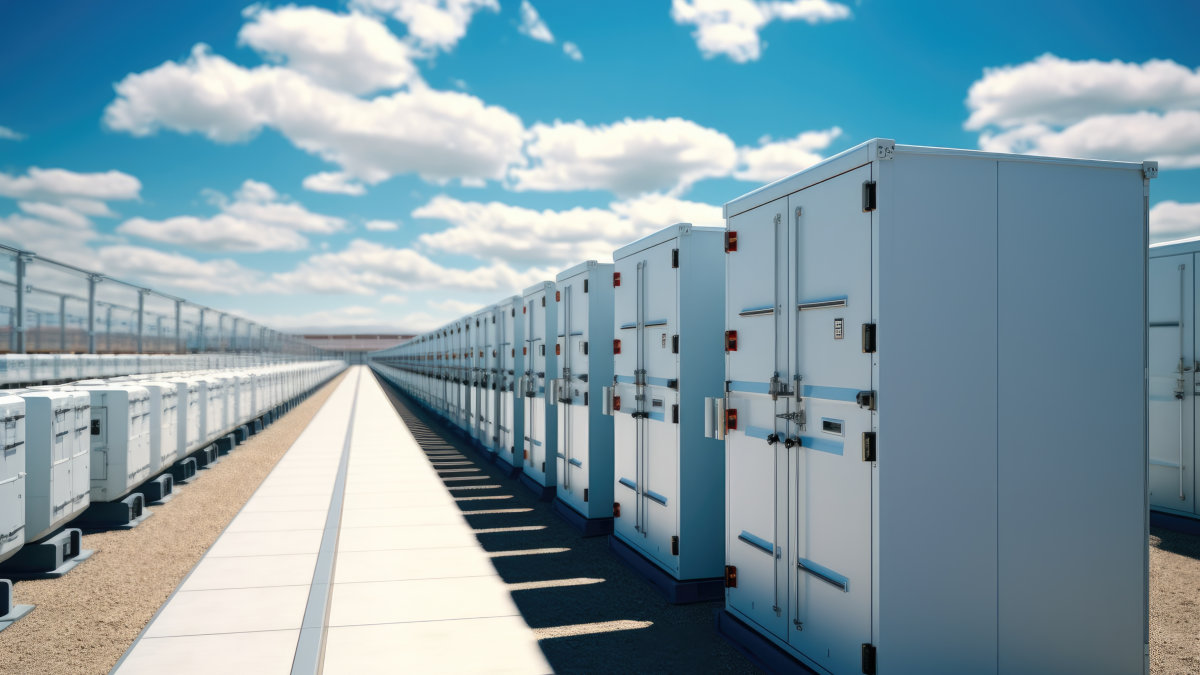As Australia accelerates its shift to renewable energy, Battery Energy Storage Systems (BESS) are emerging as a critical enabler of grid reliability, flexibility, and responsiveness. From stabilising frequency to shifting solar output into the evening peak, batteries are fast becoming essential grid infrastructure.
A National Priority
The AEMO Integrated System Plan (ISP) 2024 highlights that, more than 22 GW of dispatchable storage will be required by 2050 to maintain system reliability as solar and wind generation expand. A significant portion of this will come from 4–12 hour BESS, supporting:
- Evening peak demand when solar output drops
- Frequency control and fast ramping, enabling grid stability during unexpected changes
- Energy arbitrage, storing cheap daytime solar for use during high-demand periods
Batteries provide a flexible bridge between variable renewables and predictable energy demand—without the long lead times of large infrastructure such as pumped hydro.
Australia’s battery rollout is already underway, with standout projects like:
- Victorian Big Battery (300 MW/450 MWh)
- Hornsdale Power Reserve (150 MW/194 MWh)
These installations have demonstrated exceptional performance in frequency control ancillary services (FCAS), market arbitrage, and fast grid support.
Why Batteries Matter for the Grid
1. Fast-Response Grid Services
Modern batteries respond in milliseconds, making them ideal for:
- Containing frequency deviations
- Providing inertia substitutes
- Supporting black start capability
2. Peak Shaving and Load Shifting
BESS helps shift excess daytime solar into evening hours, flattening demand curves and reducing pressure on fossil backup generation.
3. Reducing Network Stress
Distributed battery systems at the community, commercial, and residential levels, help relieve stress on substations and transmission lines during peak periods.
Industry Trends and Investment Drivers
The GenCost 2023–24 report by CSIRO and AEMO projects continued declines in lithium-ion battery costs, driven by:
- Global manufacturing scale-up
- Technology improvements
- Supply chain efficiencies
However, Australia must address several challenges to maximise impact:
Supply Chain Resilience
- Limited availability of lithium and rare earths may pose future bottlenecks
- Diversified sourcing and local processing are needed to reduce import risk
End-of-Life and Recycling
- Battery lifespan is typically 10–15 years, after which performance degrades
- The Clean Energy Council is advocating for a national recycling strategy to recover materials and reduce waste
Regulatory Alignment
- Inconsistent state policies hinder coordinated rollout
- Clear national guidelines on safety, connection, and standards are essential for rapid deployment
BESS Deployment Models: Centralised and Distributed
Battery storage is being deployed at multiple grid levels:
| Level | Example | Purpose |
|---|---|---|
| Utility-scale | Victorian Big Battery | Grid-level dispatch and stability |
| Commercial/Industrial | Onsite BESS in data centres or factories | Bill optimisation, backup power |
| Residential | Solar + battery systems | Self-consumption, resilience |
Conclusion
Battery storage is no longer a future option—it is a present necessity. With renewable generation rising and coal plants retiring, BESS provides fast, flexible, scalable support that other technologies cannot match.
Through coordinated policy, supply chain resilience, cost reductions, and market design reform, battery systems will become the linchpin of Australia’s renewable grid. They don’t just complement solar and wind—they unlock their full potential.
Key References
- AEMO Integrated System Plan 2024 – https://aemo.com.au
- GenCost 2023–24 Report – CSIRO and AEMO
- Clean Energy Council Position Papers



